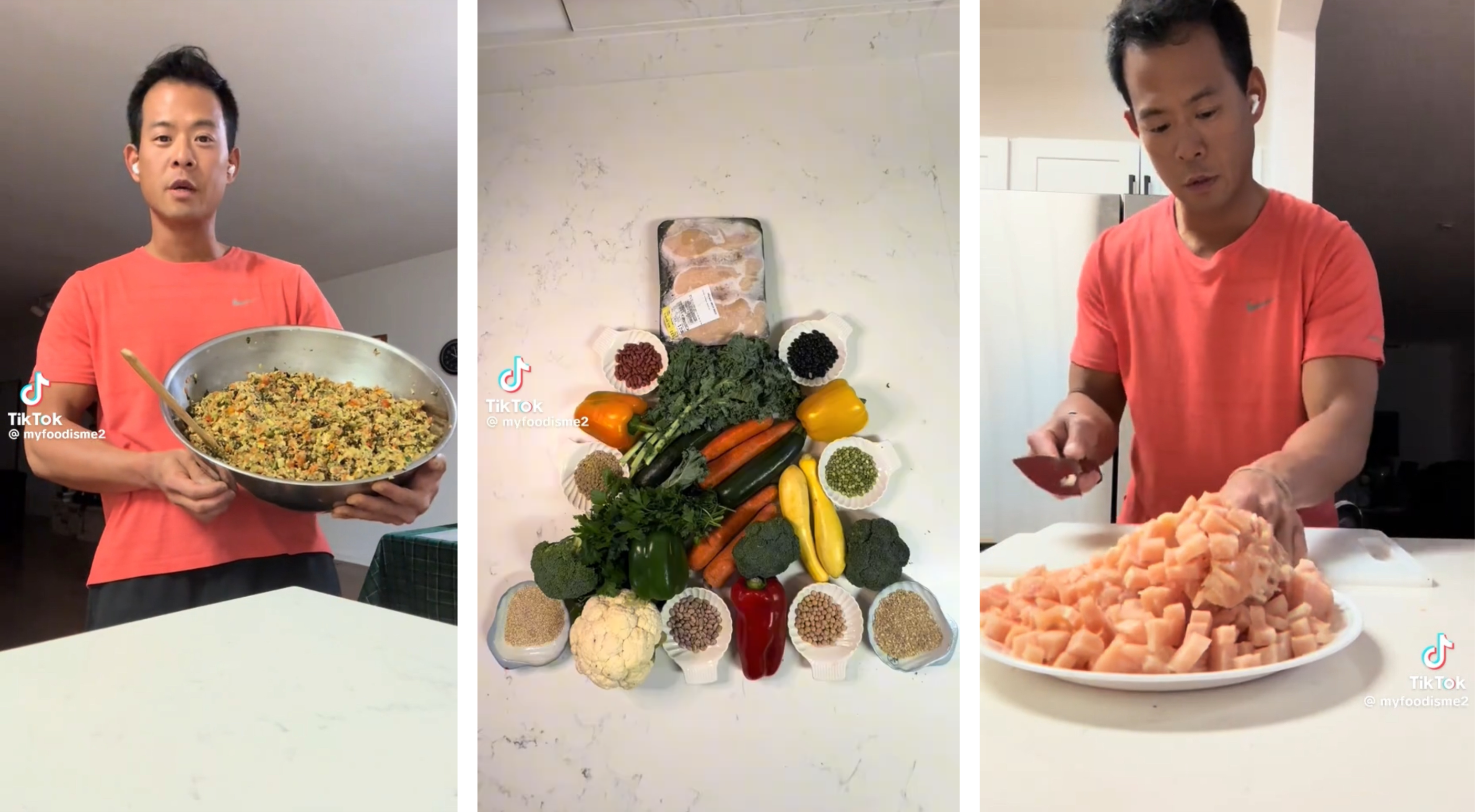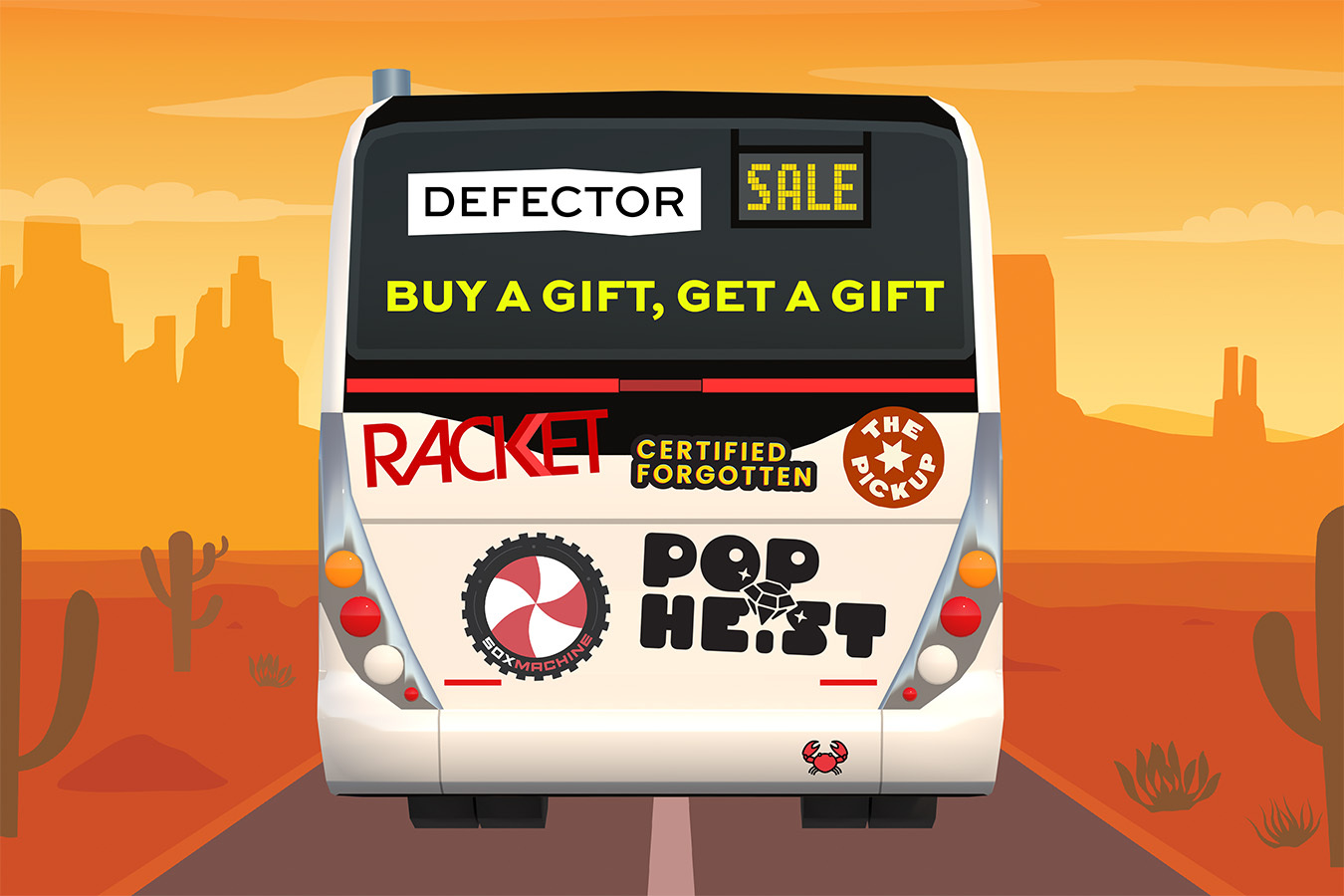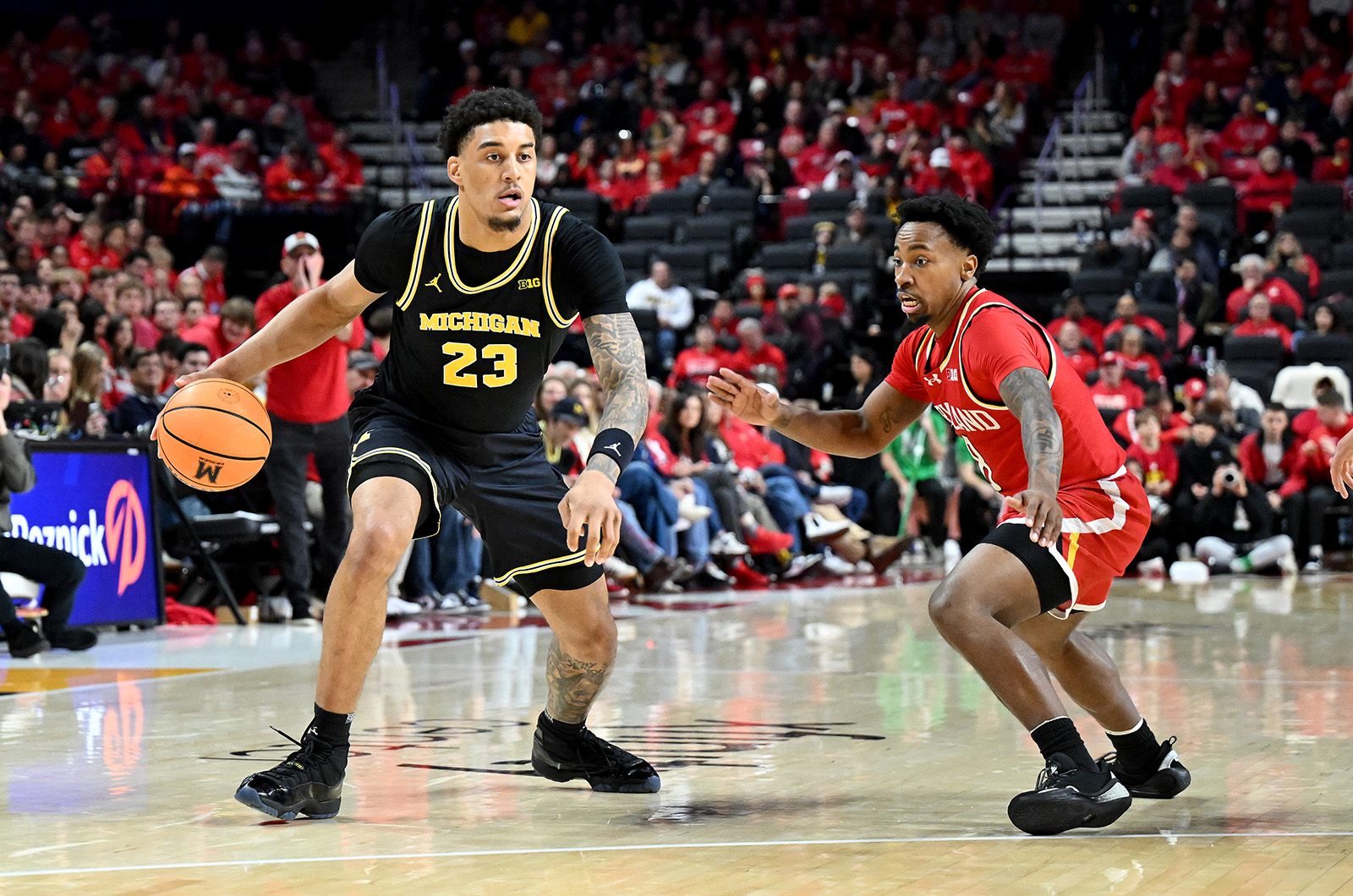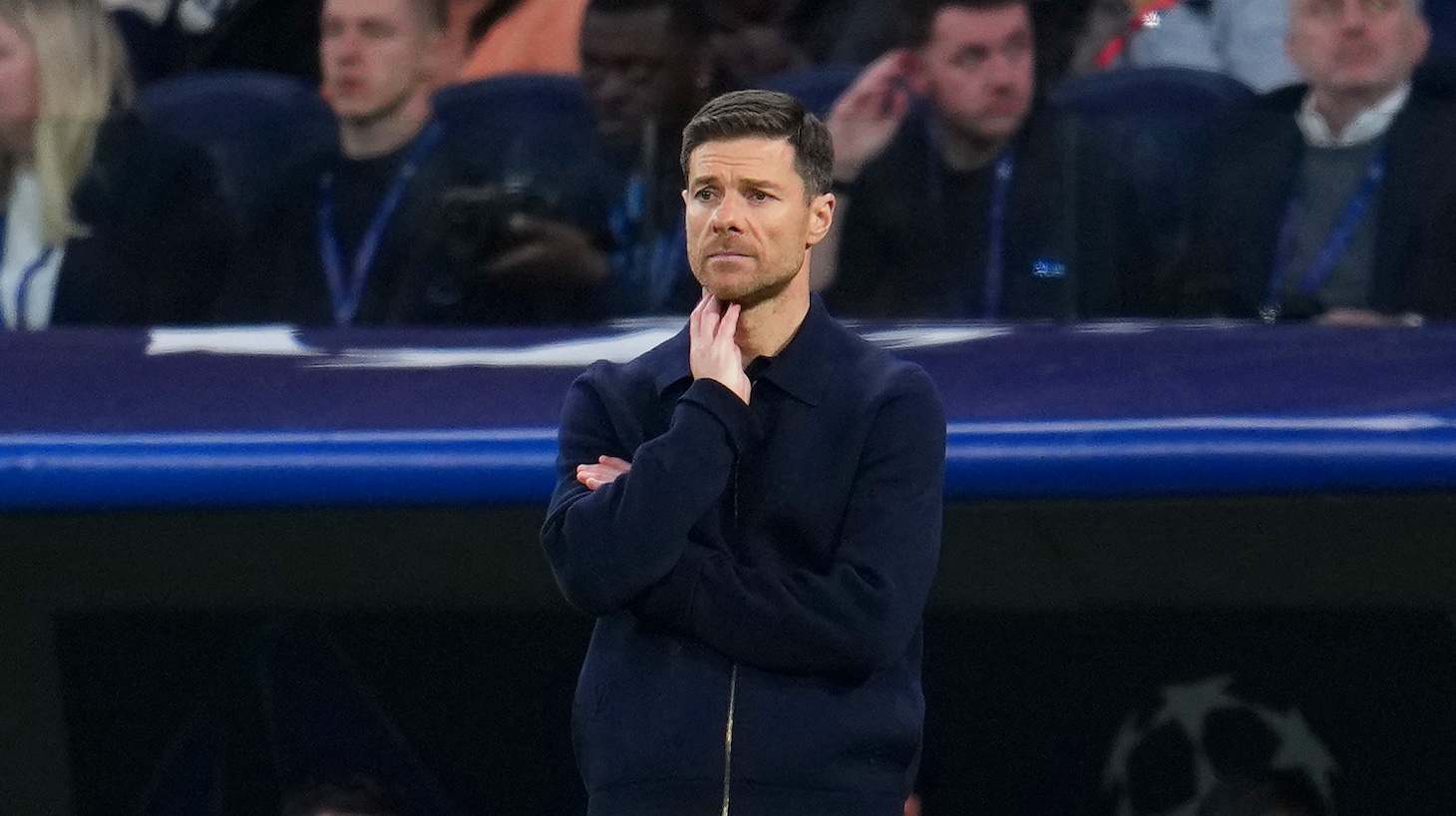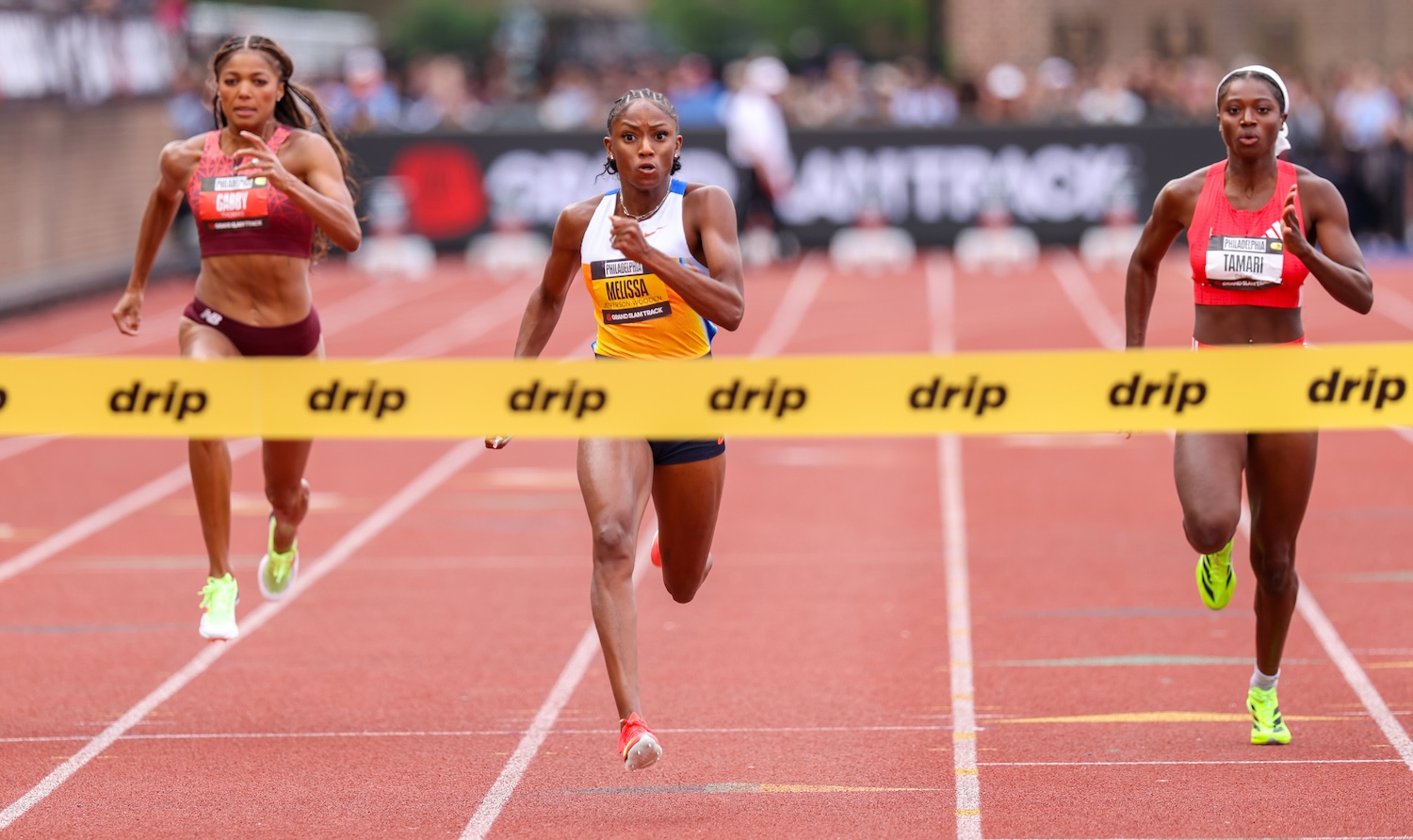William Kim’s TikTok videos should not be popular. They are long, sparsely edited, and lack music or text that might hold viewers’ attention. Most of his videos start with a defiant and absurd statement: “This is my food. My food is me.” His first video, posted on January 30, 2025, has almost six million views.
I first saw one in early February, not long after the TikTok ban was temporarily reversed in the U.S. My feed tends to be full of fashion theory and celebrity gossip, so the minimal editing of Kim’s video felt distinct and interesting.
Every three or four days, this man chops 10 pounds of fresh vegetables into tiny pieces, cooks them in a skillet with no salt, pepper, or any other spices, mixes them with plain chicken breast and unseasoned tofu, and finally folds in a brown rice/quinoa/legume mixture. He calls this My Food, and he eats His Food every day, for every meal.
To put it as plainly as what’s on his plate: Kim is making and eating kibble for humans. In an era of weird diets—from the protein-obsessed raw meat guys to the almost certainly flatulent Beans Influencers—this isn’t particularly striking. What is interesting is why. Kim isn’t looksmaxxing or selling a cookbook or partnering with an app. He’s not really even evangelizing for his particular dietary preferences (I messaged him on TikTok asking for an interview, which he very kindly declined.) He’s not saying His Food should be Your Food. He just likes it. In one of his videos, he says “ I honestly don't eat my food for health reasons. I just don't like thinking about what I want to eat each and every day.” Later, he says “ I have no idea what micronutrients are in my vegetables. Just like microplastic, I really couldn't care less about micronutrients. I just eat this because it looks beautiful.”
Something I am not proud to admit is that figuring out what to eat often feels like a chore so arduous I would rather just not. When Soylent was popular a few years ago, I faved the snarky tweets about Silicon Valley bros losing grip on their humanity in favor of hustlegrindcore optimization, all while secretly thinking to myself that it wouldn’t be so terrible to have one or two of my meals taken care of every day.
Food has never been simple for me. Between my chronic illnesses and a history of disordered eating, the question of what to eat each day compounds into a Sisyphean chore. One medication I take makes me unpredictably nauseated; sometimes I’m unable to eat or even think about food for hours. On those days, nutrition is a box to check so I don’t pass out in the middle of my day. When I do have an appetite, there are considerations for blood sugar—thinking about which carbs I consume, yes, but also about the protein and fiber and fat I eat with them. And that’s all before I even consider what I feel like eating.
A few months back, a mail delivery snafu resulted in a case of Atkins protein shakes accidentally coming into my possession. I took a first suspicious sip and then realized that I could check most of my nutritional boxes for a meal with a small snack and one of these chocolate drinks. I drank them pretty quickly and have repurchased them. It’s nice not to have to spend energy thinking about what to eat for lunch, but there is something unbearably sad about avoiding thinking about what to eat for lunch by drinking it instead.
I would prefer something served in a bowl over a glass, which is why I began wondering if My Food could be my food…
I decided to make My Food during a week when my partner would be traveling. He was horrified by the prospect of human kibble and refused to be part of it. I bought a bunch of spinach, a bunch of kale, bell peppers in every color, a bag of carrots, a head of cauliflower, two bunches of broccoli, a pint of mushrooms, a yellow squash and a zucchini squash, ground turkey, and tofu (I had rice, quinoa, and beans at home).
I spent several hours curating a sinister aura by chopping ten pounds of vegetables as I watched the Laci Peterson docuseries on Netflix.
When I finished making My Food, my kitchen was a mess, I was starving, and Scott Peterson had bleached his hair. I didn’t have mixing bowls large enough to hold the entirety of My Food, so I separated the components into different storage containers.
I plated up my first serving while it was still hot from the stove, and took a bite. I was surprised to learn that it wasn’t horrible.
I had cut my vegetables less uniformly than Kim does in his videos, and I think that helped my brain distinguish what I was eating in any given bite. I was also surprised at how much I liked the turkey and tofu combination. I will admit I used salt when I made My Food because it felt so wrong to cook something without salt. But other than that, I tried to stay true to the spirit of Kim’s vision.
I texted my friends gleefully about My Food. Had I actually found a delicious way to not think about my meals that filled all my nutritional needs with whole, recognizable foods?
I broke with Kim’s method the next morning by having yogurt and granola, but I stuck with the spirit of his outlook since I have yogurt and granola every morning and I never tire of it. But by lunch, I was back. “It’s surprisingly not bad?????” I texted my friend. Even reheated, still without seasoning, I was enjoying myself. I had another bowl of My Food for dinner.
Things went well until Wednesday, when I was struck by an insatiable craving for spicy mustard. I looked at the half-full container of My Food languishing in my fridge and grabbed my keys to get an Italian grinder from a spot in my neighborhood. It was euphoric—but once the sandwich was gone, the guilt set in.
I want to note here that Kim does not condone guilt or any other kind of “should” language around food. He doesn’t restrict himself, and when he wants Taco Bell or fried chicken, he eats it. But I felt guilty for having broken my experiment so quickly, for having succumbed to the brainwashed tastes of a body raised almost exclusively on processed foods. The thing is, in seeking to free up the mental energy I use every day in thinking about food, I only managed to change the kind of thoughts I was having. Rather than the numb dread of deciding what to make for dinner, I was daydreaming about condiments, sauces, spice, and texture.
I ate My Food a few more days and experimented with adding seasoning: nutritional yeast one day, hot sauce the next. At the end of the week, I was relieved to be free of it, and promptly spent an afternoon making this gorgeous bourbon beef stew with carrots and farro.
I also realized that part of what Kim was doing was simply meal prepping, and that meal prep didn't have to look like depressing identical chicken breast/broccoli/rice meals that gym bros post to social media. The next week, I got supplies to make vegetable burritos with ground turkey. I spent a similar amount of time chopping and cooking and making a mess in my kitchen, but when I finished, I had 10 foil-wrapped burritos that I chucked into my freezer to be enjoyed with Cholula whenever I have a lunchtime brain malfunction. Kim’s food will not become My Food, but it did help me remember that my food can be something I look forward to.
